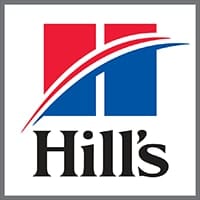Science Plan [Hill’s]
Adult Light Chicken
Adult
Light
Indoor and Outdoor
Click to reveal the score breakdown
Tap to view ingredients, guaranteed analysis and more
Ingredients
Chicken (15%) and turkey meal
15%
Corn
Brewers' rice
Corn gluten meal
Animal fat
Cellulose
Dried beet pulp
Pea bran meal
Digest
Minerals
and also:
L-carnitine, Vitamins, Taurine, Trace elements and beta-carotene, With a natural antioxidant (mixed tocopherols).
Vitamins and Additives
Vitamin A 6380 IU/Kg
Vitamin C 118 mg/Kg
Vitamin D 614 IU/Kg
Vitamin E 596 mg/Kg
Guaranteed Analysis
Crude Protein
32.1%
Crude Fat
10.6%
Crude Fiber
5.6%
Moisture
5.5%
Crude Ash
5.3%
Calcium
0.8%
Phosphorus
0.62%
Potassium
0.74%
Magnesium
0.077%
Omega 3
0.13%
Omega 6
2.26%
Metabolizable Energy
3454 kcal/kg
Product last updated: April 23, 2023, 10:37 AM
Please hold on while we’re getting the best offers for you
6664

![Science Plan [Hill’s]: Adult Light Chicken](https://staging.catfoodcentral.co/wp-content/uploads/2023/01/sp-feline-science-plan-adult-light-chicken-dry-productShot_5001-e1682235469571.png)



